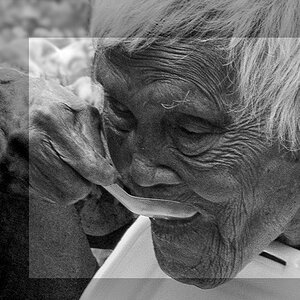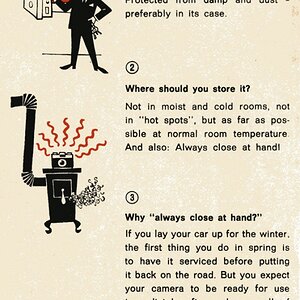My question is about 8mm film, specifically the famous Zapruder fillm (motion but no sound). It was made with 8mm camera on 16mm film. The standard size of 8mm frame is 3.68 x 4.88mm. But it seems like the frames in Zapruder film are 3.68 x 6.58mm. This means the camera had to have some custom setting with lens aperture to allow the larger image to reach the film, around the intersprocket area.
How common was to have a retail camera (high end amateur model) to have such special setting? As far as I know the lens was permanently fixed to the camera, so it had to be done at factory or some professional shop. How common was it in the 60s? Why would anybody want to have it since most projectors would not even display beyond the standard frame size anyway?
How common was to have a retail camera (high end amateur model) to have such special setting? As far as I know the lens was permanently fixed to the camera, so it had to be done at factory or some professional shop. How common was it in the 60s? Why would anybody want to have it since most projectors would not even display beyond the standard frame size anyway?


![[No title]](/data/xfmg/thumbnail/33/33340-27d18dd642b5257e4b9a04a4c1feffd1.jpg?1619735910)
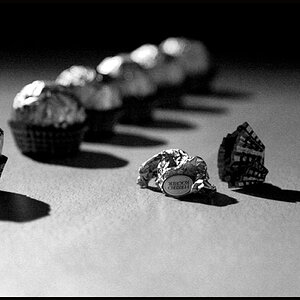

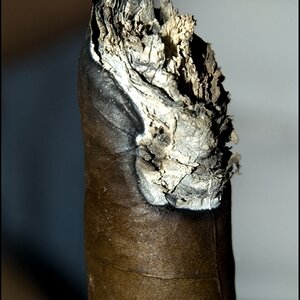
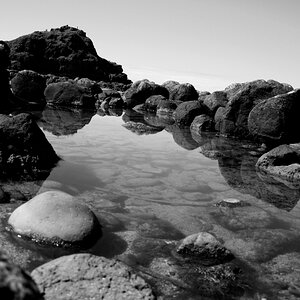
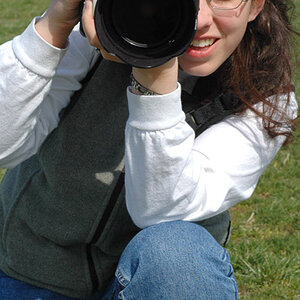
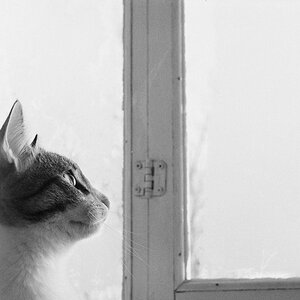
![[No title]](/data/xfmg/thumbnail/33/33342-79274d7e5cdf3e52939255e1cd89f2d0.jpg?1619735911)

